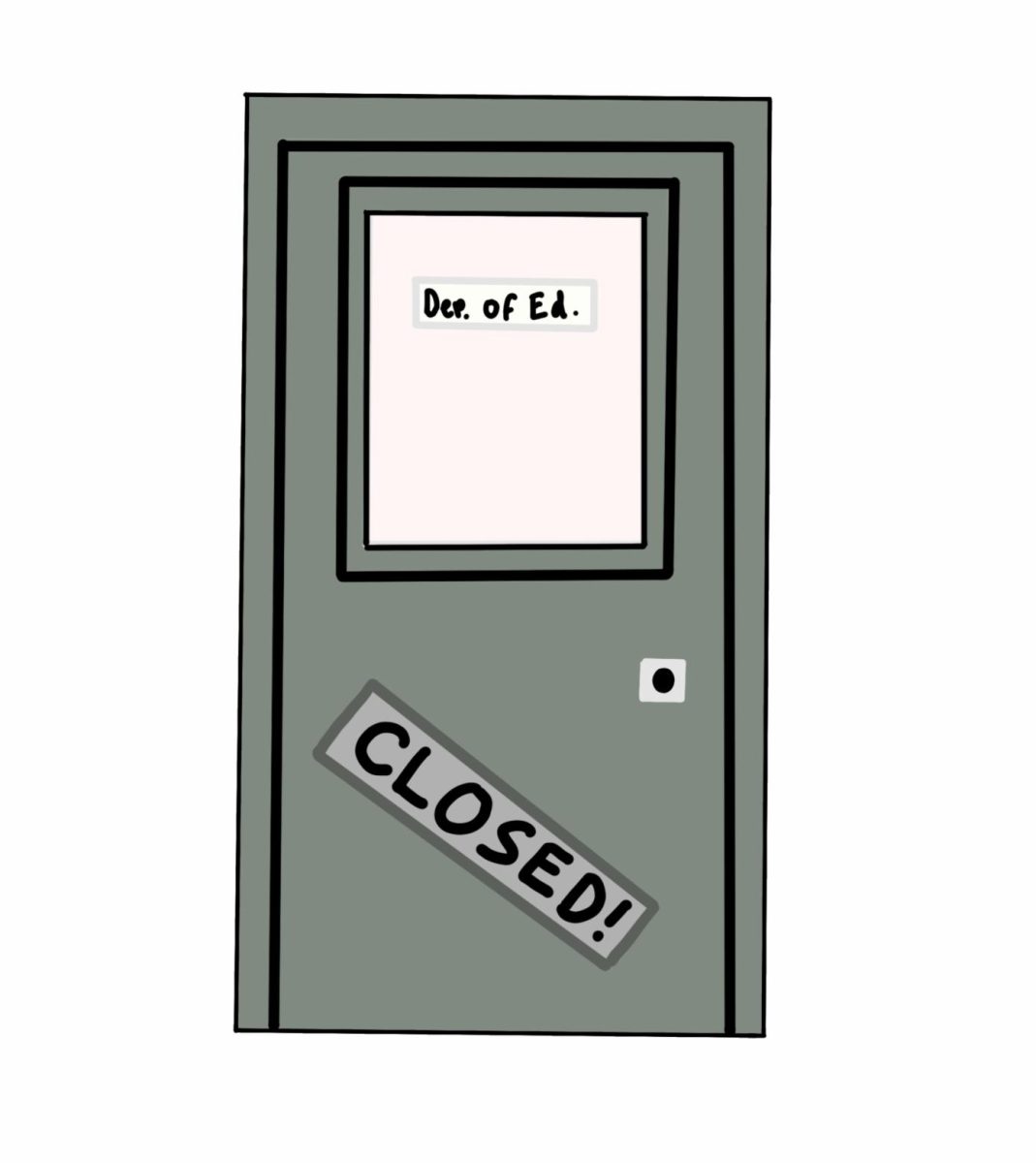Seniors applying to college, re-frame your acceptances, rejections
COLLEGE STRESS: heads spin with thoughts of acceptance rates, applications, and financial aid forms
January 23, 2023
High school seniors and their international counterparts worldwide share a common stressor: the fast-approaching future. Those vying for a spot at selective colleges and universities spend countless hours working on essays, applications, and financial aid documents. When the submit button is finally pressed, however, there is no relief. The hard part has only just begun.
I grew up in a family with high academic expectations. The Downers Grove community, as a whole, is one with soaring levels of competition between students and even siblings. Attending a top university isn’t an expectation, but it’s certainly encouraged in ways both overt and subtle. College flags adorn the houses of neighbors. Private admission counselors are widely advertised and sought after. Parents and students alike compare satisfactory SAT scores and ACT averages.
It’s safe to say that our culture perpetuates the idea that college acceptance letters are an assessment of self-worth. Personally, I fear that even one rejection will send my self-esteem plummeting like an elevator approaching ground level. And in some ways, it’s true that applications are the culmination of our time as high school students. Many of us have spent the last four years participating in extracurriculars, attending clubs, and pouring over course syllabi all for a decision letter. In the rush of it all, it’s easy to lose sight of an important truth about the college admissions process: acceptances and rejections are inherently subjective.
We live in a world of optional test scores and increasingly important evaluations of character. Try as we might to read the thoughts of each admissions officer, it’s an almost impossible feat. High-grade point averages, positive recommendation letters, and well-composed essays are impressive, but they no longer ensure admission. As the college admissions process continues to change, so must our perceptions.
I say this because, in a high-achieving community like Downers Grove, it’s all too easy to fall into the harmful trap of comparison. While easier said than done, try to avoid asking others directly about their admissions. Most importantly, learn to appreciate a rejection just as much as an acceptance. Instead of dwelling on past rejections, focus on the colleges that you do receive admissions from; it’s a much healthier use of energy and time.
Another stress-inducing aspect of the college application process is acceptance rates. The statistics advertised on each website or google search result, however, are purposefully misleading. Because acceptance rates have long been perceived as a sign of prestige, colleges spend countless marketing dollars on outreach to inflate their ranking. Emails from Harvard aren’t special. Slogans proclaiming that you’re a “top candidate” are delivered to students on a mass scale.
Additionally, the acceptance rate percentages themselves are often misattributed. To say that you have a 17% chance of acceptance or a 63% chance of acceptance is blatantly incorrect. For every person and every college, there are two rates of acceptance; 100% and 0%. You either get in or don’t get in. While this simple truth seems harsh, it’s actually freeing. Your worth can and should live beyond an arbitrary percentage or college email.
Here are my final words of advice: to anyone applying for a post-high school institution this year or in a future year, treat yourself with kindness. You are more than an acceptance or rejection. Remember that.

























